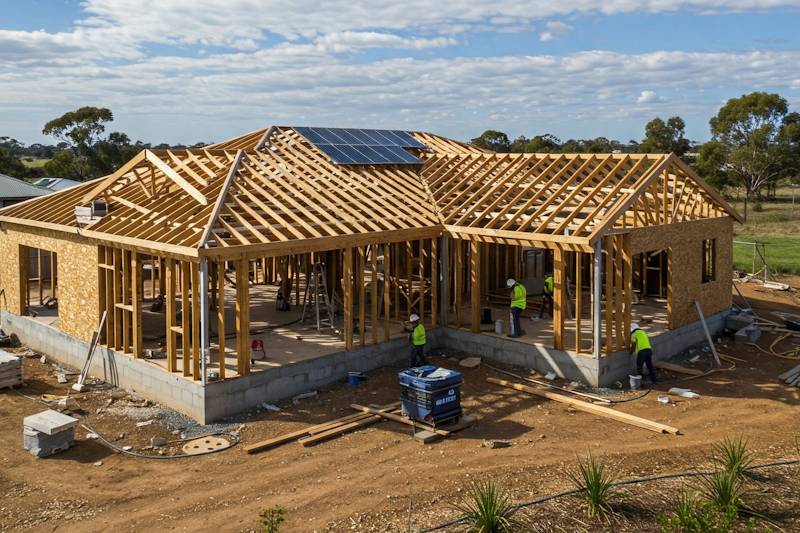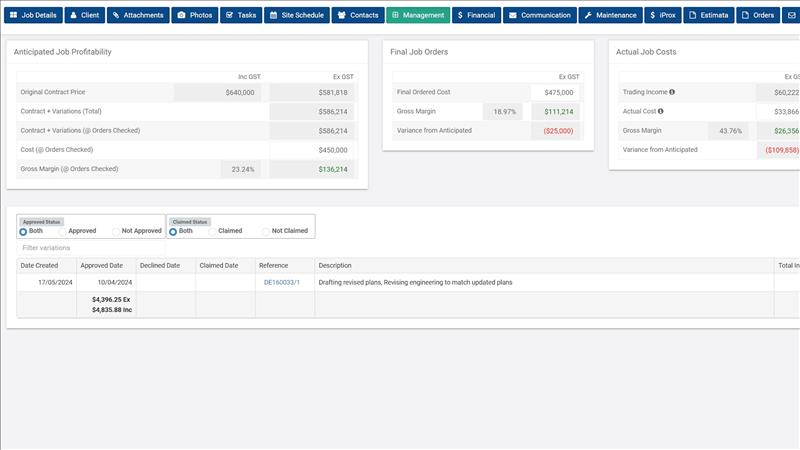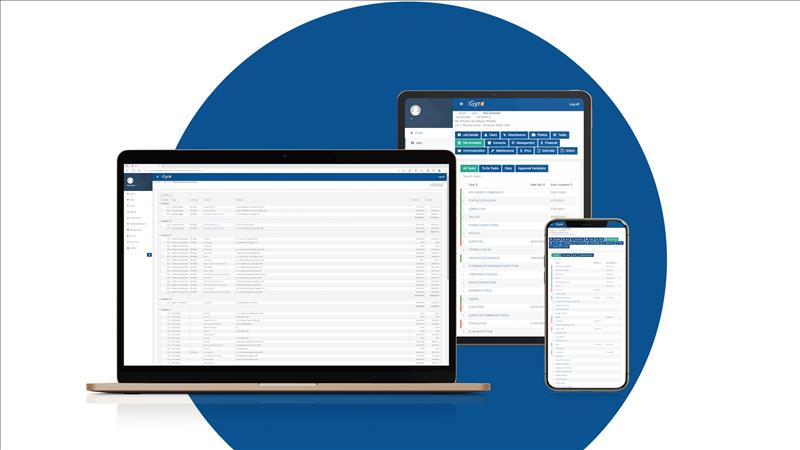
In the fast-paced and detail-driven world of Australian construction, accuracy in cost estimation is no longer a luxury — it’s a necessity. With rising material costs, labor shortages, and tight margins, one of the most powerful decisions a builder or project manager can make is choosing the right construction estimating software.
But with so many tools available, how do you find the perfect fit for your business? Whether you're a residential builder in Sydney, or Brisbane, or a project manager in Perth, this definitive guide will help you navigate the landscape of Australian estimating software, what features matter most, and how to make the smartest investment in 2025.
Why Construction Estimating Software Is Critical in Australia
Australia’s construction industry is unique. It spans remote regional jobs and high-density urban projects, each with different requirements, council regulations, and supplier relationships. Manual methods or spreadsheets simply can’t keep up.
Modern estimating platforms solve this by offering:
Real-time cost tracking with local supplier price data
Australian standards compliance, from GST to regulatory codes
Faster quoting, improving win rates and cash flow
Collaboration features for builders, subcontractors, and clients
Scalability, supporting your growth from 1 job to 100
What Sets Leading Estimating Platforms Apart in 2025?
The best construction estimating software isn’t just about crunching numbers — it’s about improving your entire workflow from first contact to final invoice. Here are the features that forward-thinking Australian builders are prioritising this year:
1. Custom Item Libraries & Assemblies
A powerful estimating platform lets you build and maintain your own library of materials, labour, and assemblies. Whether you’re quoting a bathroom renovation or a multi-unit build, you can reuse common elements with consistent pricing and descriptions — speeding up your process while reducing errors.
2. Flexible Measurement Entry
Not all jobs come with clean plans or tidy specs. Good estimating tools let you enter quantities manually, by dimensions, or using formulas — giving you total control over how each cost is calculated. Whether it’s square metres, lineal metres, or units per hour, flexibility makes quoting more accurate and less frustrating.
3. Estimate Revisions
Clients change their minds — and fast. That’s why revising estimates and quotes is a must. Look for software that lets you duplicate, edit, and re-issue estimates while keeping a record of previous versions. This helps avoid disputes, improves transparency, and makes change management seamless.
4. Job Management Integration
Estimating is the starting point — not the end. Top-tier platforms connect your estimates to job scheduling, task management, material ordering, and invoicing. That means you only enter data once, and it flows through the entire project lifecycle with no double handling.
5. Mobile Access
With teams spread across job sites, offices, and the road, remote access is essential. Cloud-based systems let your team quote, adjust, and collaborate in real time, ensuring everyone’s working from the same up-to-date information — no matter where they are.
6. GST, ABN, and Local Compliance Built In
Australian businesses have unique tax and regulatory needs. Look for a platform that automatically handles GST calculations, formats your invoices correctly, and supports ABN tracking and reporting — helping you stay compliant and professional.
7. Professional Quote Presentation
First impressions matter. The right software helps you send polished, branded proposals that make it easy for clients to review. Boost your win rate and speed up the decision-making process.
Who Should Be Using Construction Estimating Software in 2025?
Here’s who benefits the most from modern estimating systems:
Residential Builders & Renovators – Faster quoting, better profit control
Commercial Contractors – Manage complexity, team collaboration
Tradies & Subcontractors – Streamline quoting for plumbing, electrical, carpentry
Developers & Project Managers – Budget visibility across multiple builds
Quantity Surveyors & Estimators – Precision tools and compliance features
💡 Pro Tips When Choosing Estimating Software
✅ Request a free trial or demo to test usability
✅ Check for Australian-based support or local training options
✅ Ask about integrations with your current tools (Xero accounting)
✅ Review update frequency – is the platform innovating?
✅ Compare long-term value, not just the upfront price
🇦🇺 Built for Australia: Why Local Matters
Global estimating tools often overlook the nuances of Australian building codes, licensing rules, and trade terminology. That’s why many builders are switching to platforms built specifically for Australian standards — not just localised versions of international software.
These local-first platforms understand the seasonal shifts in pricing, the impact of state-based regulations, and the way Aussie builders actually quote and win jobs.
Final Word: Choosing the Right Tool for Your Construction Business
Investing in estimating software is one of the highest-ROI moves a construction business can make. It saves time, wins more jobs, improves accuracy, and connects your team — from estimator to apprentice.
Whether you're just starting out or scaling up, the right platform isn’t about bells and whistles — it’s about efficiency, compliance, clarity, and control.
So if you're serious about cutting down admin, increasing margins, and delivering projects with confidence, now’s the time to upgrade how you estimate.
Ready to Find the Right Fit?
We’re here to help you choose the perfect estimating solution for your business needs. Whether you're in Melbourne, Gold Coast, or out in the Pilbara — get tailored advice and take the guesswork out of software selection.
Book a video call today
See benefits of the iGyro Construction Estimating Software.




